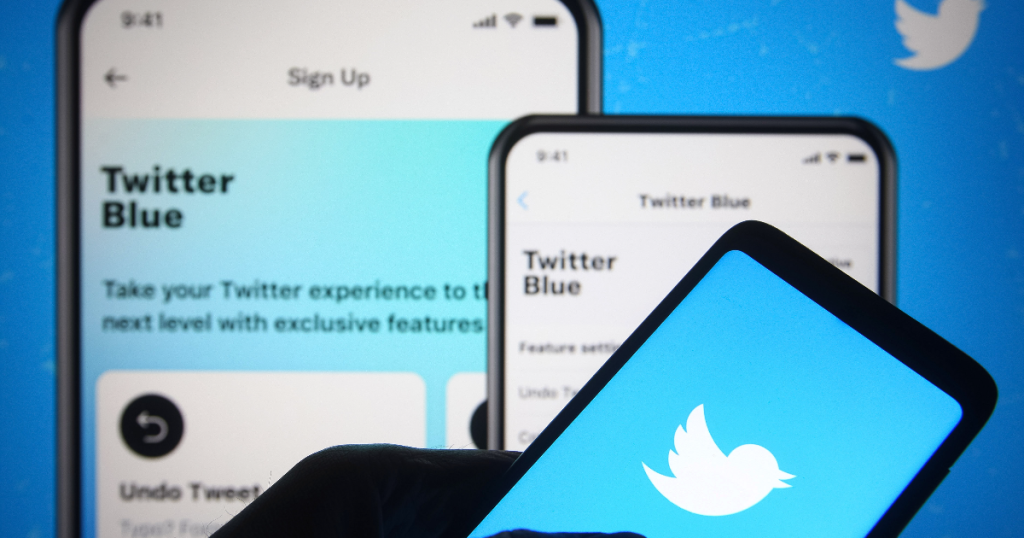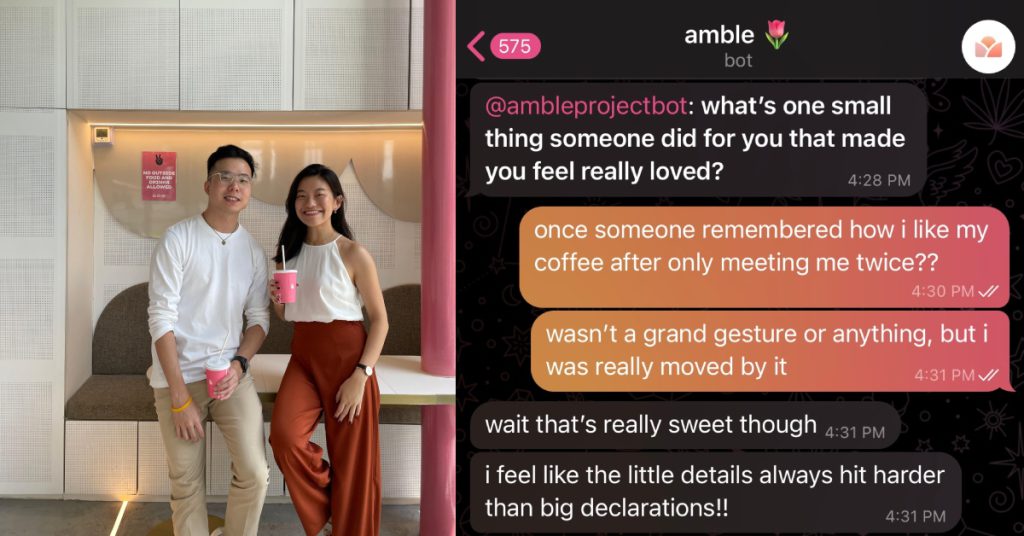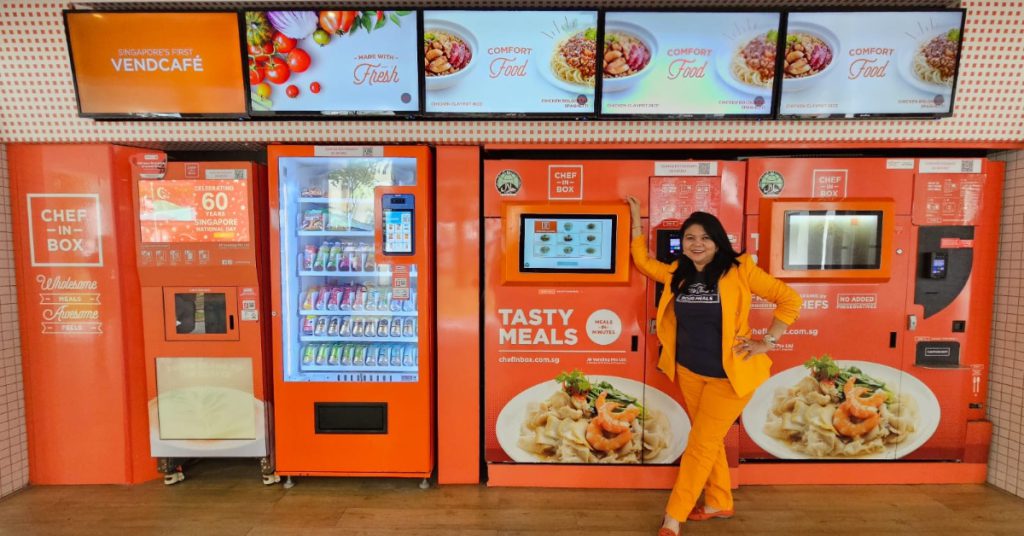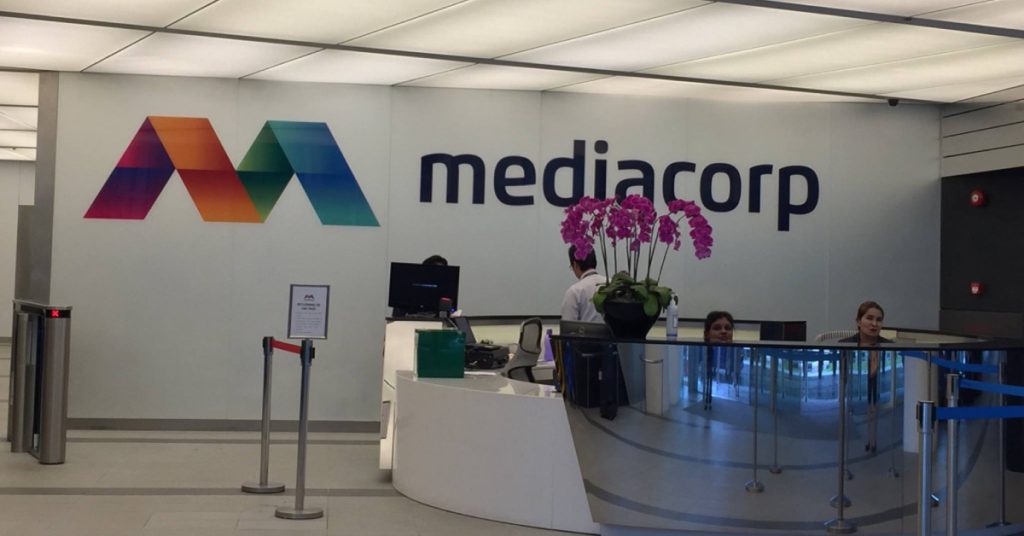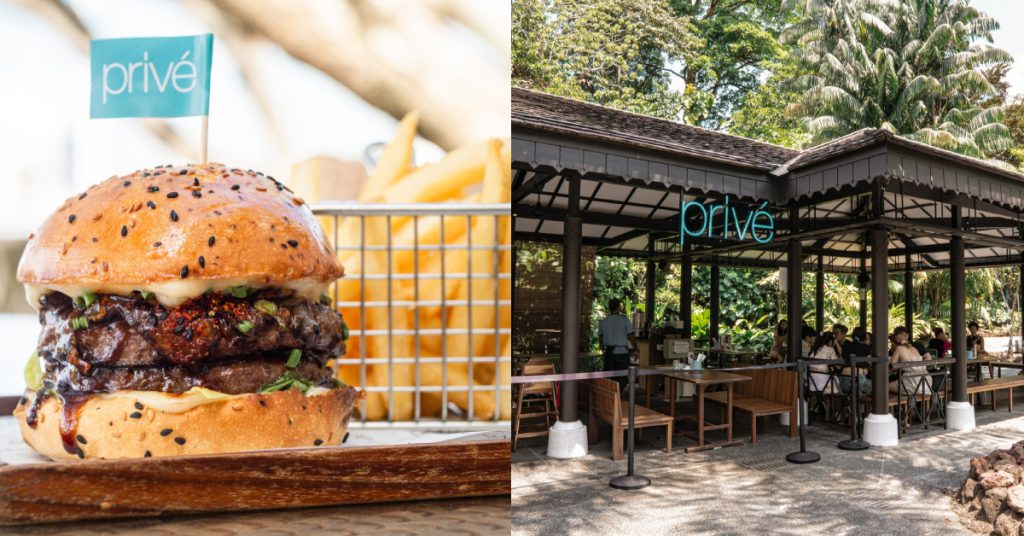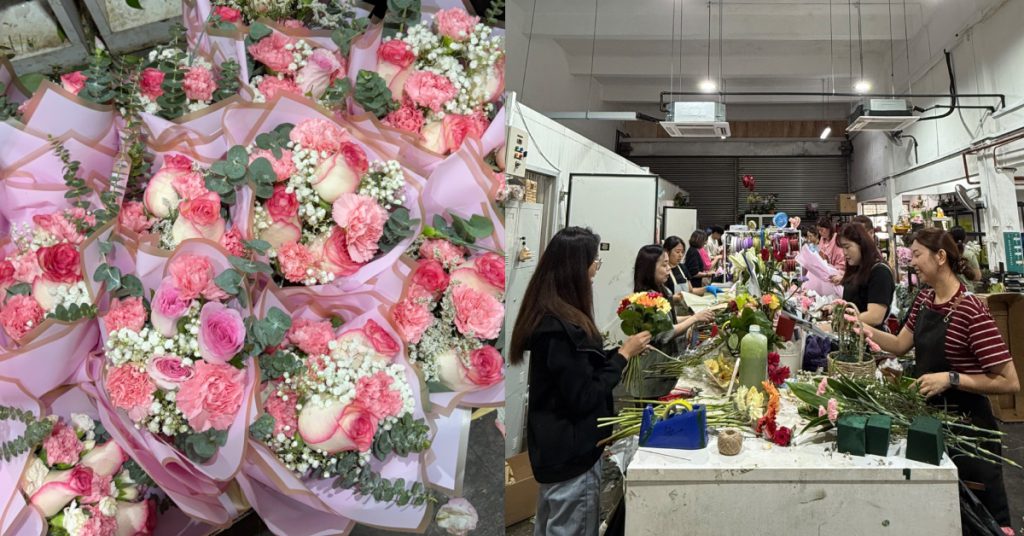Immediately after Elon Musk ascended the throne as Chief Twit, Twitter decided to democratise the blue tick service. That means that as long as one is willing to pay a fee, which was what Musk wanted, they could pretend to be anyone.
The disastrous launch was as short-lived as a mayfly. After a host of impersonations resulting in unprecedented mayhem and outrage, Twitter had to concede defeat and suspend the service.
But like the Terminator who promises to be back, Twitter has relaunched its subscription service – Twitter Blue – this week, offering users the coveted blue tick for US$8 (S$10.80) a month or US$11 for iOS devices.
Blue tick 2.0, what’s different?
According to Twitter, blue tick subscribers will be prioritised over non-verified users and have their tweets “rocket to the top of replies, mentions and search”.
In addition, subscribers will be able to edit their tweets, post longer videos, and be spammed with fewer ads on the platform.

As to how Twitter plans on verifying accounts this time round, little is known about how the mechanism would work.
Esther Crawford, director of product management at Twitter, has announced that there will be a review before a blue tick is bestowed. However, since ID checks are not being implemented, it remains to be seen how this mysterious process works and whether it will descend into another fiasco.
But what is interesting in this second iteration of the blue tick update is, verified businesses can now have an official gold checkmark while government accounts will get a grey one.
In a way, despite Elon Musk’s detestation of the lords and peasants’ hierarchy brought about by the blue tick, he has come to realise that differentiation is, unfortunately, necessary for some semblance of law and order in the Twittersphere.
While it all sounds pretty exciting, users in Singapore will have to wait as Twitter Blue is only available in the US, Canada, Australia, New Zealand, and the UK for now.
Rebooting Twitter

Since taking over Twitter, Elon Musk has made it his mission to turn the stagnating business into a money-making one.
Besides dropping staff like hotcakes as a cost-saving measure, turning Twitter into a subscription-based service has long been part of Musk’s grand plan to increase revenue.
And the newly relaunched Twitter Blue — if it succeeds — will be Twitter’s crowning glory as it attempts to shift away from advertising as a primary revenue source.
Unfortunately, the stakes are high, and the pressure is immense for everyone at Twitter.
As much as Musk wants to wean Twitter off advertising revenue, that is unlikely to happen overnight. Looking into the foreseeable future, advertisers will continue to be the bread and butter for Twitter.
With advertisers abandoning Twitter en masse and a potential slum in digital marketing next year, the success or failure of Twitter Blue will most determine the long-term trajectory and future of Twitter.
Will a subscription model work?
The answer is — it depends. For now, it is still too early to tell if the features in Twitter Blue are unique and life-changing enough for the average Twitter user.
No doubt, content creators will pay for a subscription if it means getting a boost in the algorithms to promote their content.
As for the millions of casual users using Twitter as a newsfeed, why would they want to pay when they can read the same content for free? Perhaps making Twitter content available via a paywall is the only way to turn all of us into passive subscribers.
Only time will tell if Twitter Blue can become the iMac equivalent of Apple, which turned a business from the brink of bankruptcy into a trillion-dollar empire.
Featured Image Credit: SOPA Images via Getty Images/Engadget


